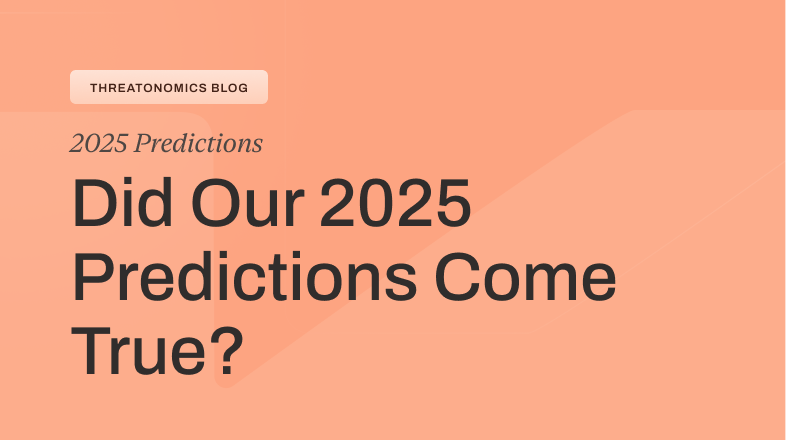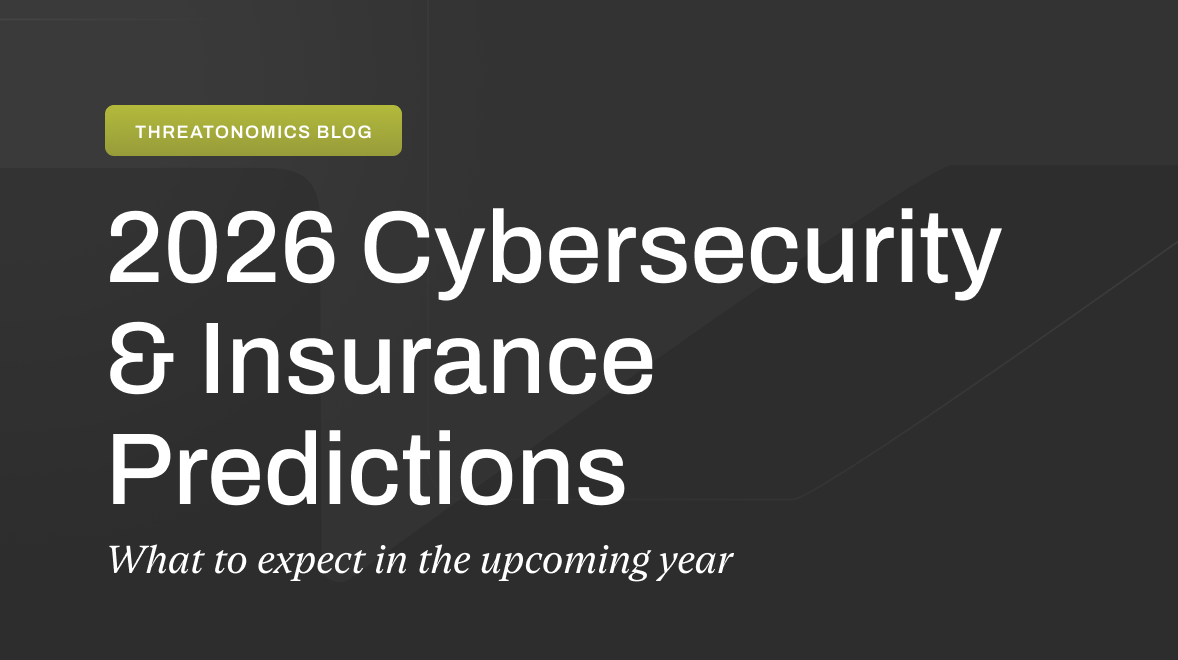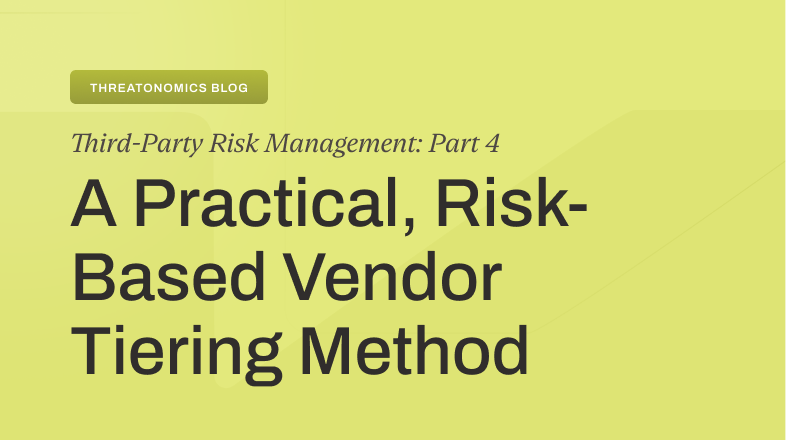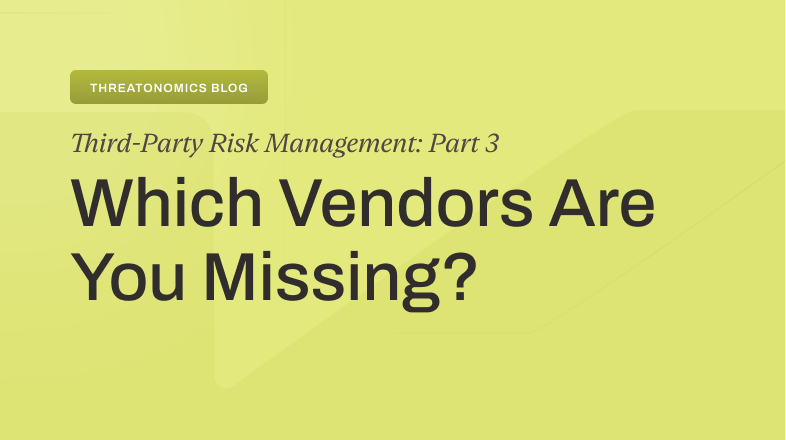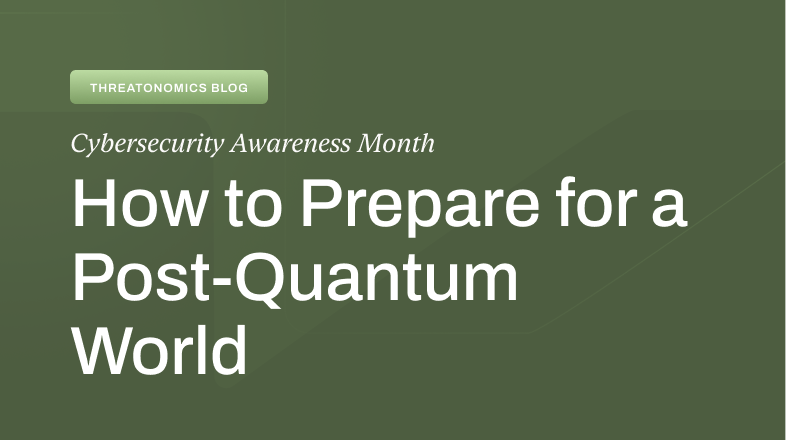The evolving role of the CISO in the enterprise landscape
The role of the Chief Information Security Officer has undergone a profound transformation from a purely technical role to a strategic business one in recent years. For CISOs operating in organizations with over $10 billion in revenue—a segment that Resilience has recently expanded its cyber risk solutions to serve—the shift comes with unique pressures and challenges. Resilience is now positioned to address the complex needs of these large enterprise accounts, providing broker partners with more options for managing sophisticated cyber risks.
“The future of cyber insurance is to deliver integrated security and insurance solutions that help clients prevent losses, not just react to them,” says George Kotsiopoulos, President of Insurance at Resilience. This approach is particularly critical for the largest organizations, where the sheer scale and complexity create a multifaceted risk landscape that demands sophisticated approaches to cyber risk management.
Perhaps the most significant mindset shift for CISOs in this environment is the transition from a focus on pure prevention to embracing the concept of cyber resilience—a philosophy that has already attracted more than 10% of American enterprises generating a billion or more in revenue to Resilience’s integrated solutions.
How integrated cyber risk solutions cater to the needs of large accounts
Resilience’s recent expansion to serve large enterprises recognizes that these organizations require a different approach to cyber risk management.
“Today’s enterprises face risks that require proactive threat intelligence, business resilience, and technical accuracy to help CISOs and cybersecurity practitioners stay ahead of the next threat,” says Chris Wheeler, Resilience Vice President of Information Security. “Nowhere is that more important than in large enterprises, where collaboration across business units directly impacts the effectiveness of both preventative controls and incident response.”
This integrated approach combines technical security controls with financial risk transfer mechanisms through four key components:
- Sustainable and mature underwriting specifically designed to address the complex needs of large enterprises. This approach has yielded an industry-leading loss ratio by taking into account the unique risk profile of each organization rather than applying generic risk models. For enterprises with over $10 billion in revenue, this tailored underwriting is essential for appropriate coverage and pricing.
- In-house claims handling capabilities provide significant advantages for large accounts requiring direct and prioritized incident management. Rather than navigating complex third-party claims processes during already stressful security incidents, organizations can work directly with dedicated claims specialists who understand their environment and can rapidly mobilize appropriate response resources. As Vitale notes, “Whether we are a primary or excess cyber insurance partner, Resilience underwriting, continuous risk intelligence, and senior in-house claims handling helps clients prevent material losses.”
- Risk Operations Centers (ROCs) continuously monitor both first and third-party risk, providing large enterprises with real-time visibility into their security posture. These centers leverage advanced analytics and automation to identify critical findings and emerging threats, enabling more proactive risk management and faster response to potential security issues. For organizations with the most complex digital ecosystems, this continuous evaluation provides timely intelligence to prevent losses before they occur.
- Cyber decision platforms have emerged as essential tools for quantifying, communicating, and managing cyber risk effectively. Resilience’s award-winning platform enables CISOs, CFOs, and Risk Managers in large enterprises to collaborate more effectively by providing a common framework for understanding and addressing cyber risk. By translating technical vulnerabilities into financial terms, these platforms facilitate more strategic investment decisions and more effective board-level risk discussions.
The effectiveness of this approach is demonstrated by Resilience’s growing adoption among enterprise clients. “Our adoption within enterprise clients has accelerated as clients have realized that from risk modeling to incident management, Resilience has delivered better results than any other provider on the market,” explains Mario Vitale, Resilience President. This success has paved the way for the company’s expansion into serving organizations with more than $10 billion in revenue, supported by its partnership with Accredited Insurances.
Strategic cyber risk management is a competitive advantage
Looking forward, CISOs who successfully transform cyber risk management from a technical function to a strategic business capability will create significant competitive advantage for their organizations. The ability to maintain secure operations and protect sensitive data through robust cyber resilience will differentiate market leaders from their competitors. By embracing this strategic approach to cybersecurity, CISOs in large enterprises can help ensure their organizations not only survive but thrive in the face of evolving cyber threats.
The expansion of sophisticated cyber risk solutions like those offered by Resilience to serve organizations with over $10 billion in revenue marks an important development in the market. These solutions recognize that as enterprise scale increases, so too does the complexity of cyber risk management—requiring approaches that integrate security controls, financial protection, and continuous monitoring to address threats holistically.




